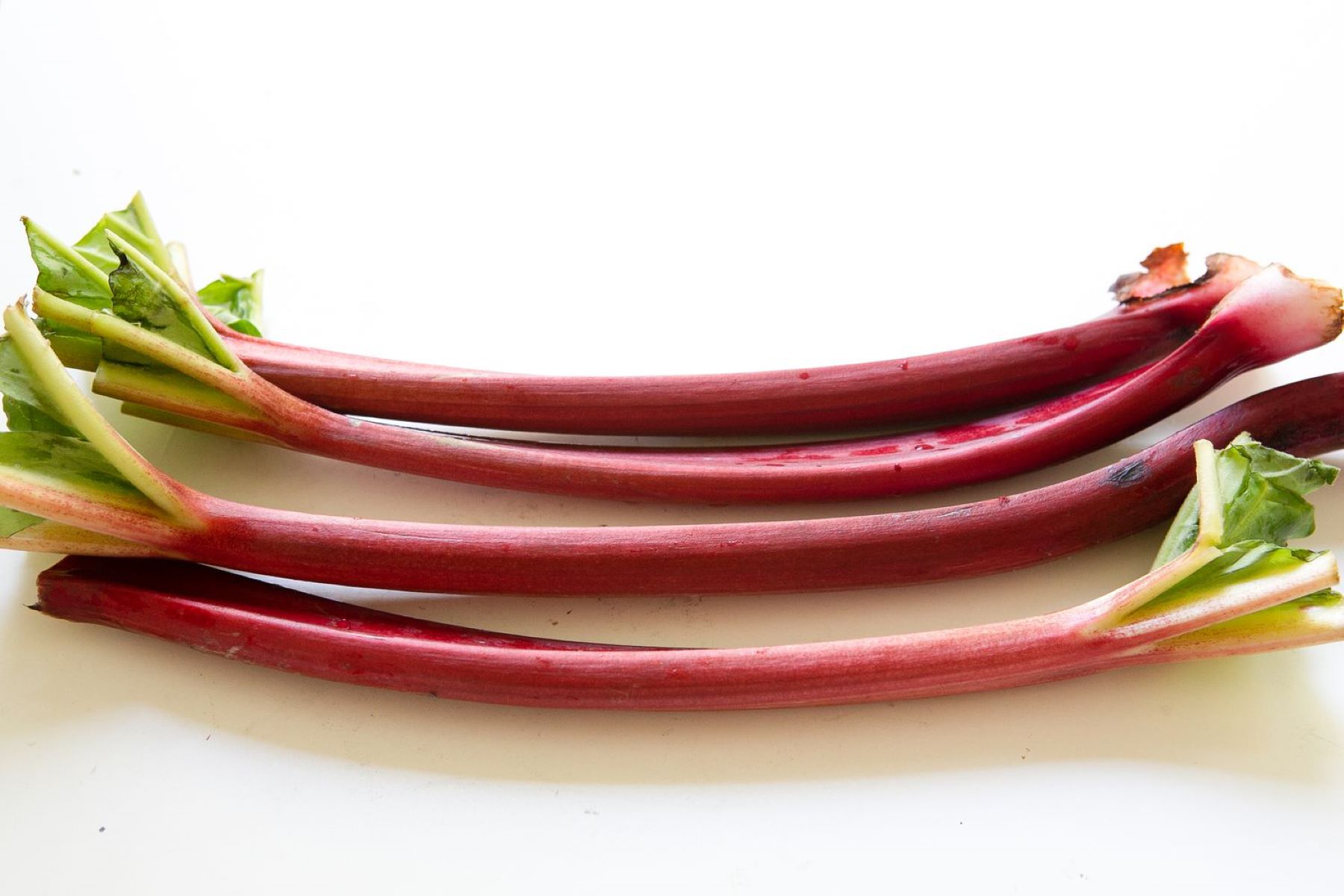

Articles
How To Store Rhubarb
Modified: December 7, 2023
Learn the best methods for storing rhubarb in this informative article. Discover how to keep your rhubarb fresh for longer and enjoy its delicious taste in various recipes.
(Many of the links in this article redirect to a specific reviewed product. Your purchase of these products through affiliate links helps to generate commission for Storables.com, at no extra cost. Learn more)
Introduction
Welcome to our comprehensive guide on how to store rhubarb. Whether you have picked fresh rhubarb from your garden or bought it from the local market, proper storage is essential to maintain its freshness and flavor. Rhubarb is a unique and versatile vegetable with a tart and tangy taste that adds a delightful twist to both sweet and savory dishes.
Knowing how to store rhubarb correctly will ensure that you can enjoy its vibrant flavor and vibrant color for an extended period. In this article, we will walk you through the steps of selecting fresh rhubarb, preparing it for storage, and various methods of preserving its flavor for future use. So, let’s dive in and explore the wonderful world of storing rhubarb!
Key Takeaways:
- Properly selecting, preparing, and storing rhubarb is essential for maintaining its vibrant flavor and color. From refrigeration to freezing, canning, and dehydrating, there are various methods to preserve this unique vegetable for year-round culinary enjoyment.
- By following key tips such as storing unwashed, avoiding direct sunlight, and considering different storage methods, you can ensure the freshness and quality of rhubarb. Get creative with your storage and enjoy the tangy flavors of rhubarb in a variety of delightful recipes.
Read more: How To Store Rhubarb In Fridge
Selecting Fresh Rhubarb
When it comes to choosing fresh rhubarb, there are a few key factors to keep in mind to ensure you get the best quality and flavor. Here are some tips for selecting fresh rhubarb:
- Color: Look for stalks that are vibrant and have a deep red or pinkish hue. Avoid rhubarb stalks that have a dull or pale color as they may indicate that the rhubarb is not fresh.
- Size: Opt for medium-sized stalks that are around 1 to 1.5 inches in diameter. These stalks tend to be more tender and have a better flavor compared to thicker ones.
- Firmness: Gently squeeze the stalks to check for firmness. Fresh rhubarb should feel firm and crisp, indicating that it is still fresh and hasn’t wilted.
- Leaves: While rhubarb leaves are beautiful, they are toxic and should always be removed before storing or consuming the stalks. Make sure to choose rhubarb that doesn’t have any leaves attached or has had them removed already.
By following these guidelines, you can ensure that you select the best quality rhubarb for storage and culinary use.
Preparing Rhubarb for Storage
Before storing rhubarb, it’s important to properly prepare it to ensure maximum freshness and longevity. Follow these steps to prepare rhubarb for storage:
- Washing: Start by giving the rhubarb stalks a gentle rinse under cold water to remove any dirt or debris. Pat them dry with a clean towel.
- Trimming: Using a sharp knife, trim off the ends of the rhubarb stalks. Remove any brown or damaged spots as well. It’s important to note that you should never consume the leaves as they are toxic.
- Cutting: Cut the rhubarb stalks into the desired size for storage and future use. You can cut them into 1-inch to 2-inch pieces or leave them whole, depending on your preference and recipe requirements.
- Blanching (optional): Blanching rhubarb can help retain its color and texture during storage. To blanch, briefly immerse the rhubarb pieces in boiling water for 1 to 2 minutes, then immediately transfer them to an ice bath to cool. Drain them thoroughly before proceeding with the storage method of your choice.
Once you have prepared the rhubarb, you can proceed to store it using various methods, such as refrigeration, freezing, canning, or dehydrating, depending on your preferences and intended use. Let’s explore each method in more detail.
Storing Rhubarb in the Refrigerator
The refrigerator is a convenient and common method for storing rhubarb, especially if you plan to use it within a week or two. Here’s how to store rhubarb in the refrigerator:
- Wrap in a damp towel: Take the prepared rhubarb stalks and wrap them loosely in a slightly damp paper towel or cloth. This helps to maintain the moisture and prevent dehydration.
- Place in a plastic bag: Put the wrapped rhubarb stalks in a perforated plastic bag or a loosely sealed plastic container. This provides an additional layer of protection and keeps the stalks from drying out.
- Store in the vegetable drawer: Ideally, store the rhubarb in the vegetable drawer of your refrigerator, where the temperature and humidity levels are more suitable for maintaining freshness. Make sure to keep it away from strong-smelling foods, as rhubarb can absorb odors easily.
- Check regularly: Periodically check the rhubarb for any signs of spoilage or wilting. If you notice any stalks starting to deteriorate, remove them immediately to prevent the spread of decay to the rest of the stored rhubarb.
Stored properly, rhubarb can stay fresh in the refrigerator for up to two weeks, allowing you ample time to use it in various culinary creations.
Freezing Rhubarb
Freezing is an excellent method for preserving rhubarb for longer periods, allowing you to enjoy its tangy flavor even when it’s out of season. Here’s how to freeze rhubarb:
- Wash and trim: Start by washing the rhubarb stalks under cold water and trimming off the ends. Remove any damaged or discolored parts.
- Cut into pieces: Cut the rhubarb stalks into the desired size for freezing. You can slice them into small pieces, around 1-inch to 2-inch long, or leave them whole if preferred.
- Blanching: Blanching rhubarb before freezing helps retain its color and texture. To blanch, bring a pot of water to a boil and immerse the rhubarb pieces in boiling water for 1 minute. Then, transfer them immediately to an ice bath to stop the cooking process. Drain them thoroughly.
- Pre-freeze: Spread the blanched rhubarb pieces in a single layer on a baking sheet lined with parchment paper. Place the baking sheet in the freezer and let the rhubarb pre-freeze for about 1 to 2 hours. Pre-freezing prevents the rhubarb from sticking together during long-term storage.
- Pack in freezer bags: Once pre-frozen, transfer the rhubarb pieces into freezer-safe bags or airtight containers. Squeeze out any excess air and seal the bags tightly. Label them with the date for future reference.
- Store in the freezer: Place the packed rhubarb in the freezer, ensuring they are stored in a flat position to prevent them from getting crushed. The ideal temperature for freezer storage is below 0°F (-18°C).
- Thawing and using: When you’re ready to use the frozen rhubarb, simply remove the desired amount from the freezer and thaw it in the refrigerator or use it directly in your recipes. Frozen rhubarb is best used within 9 to 12 months for optimal flavor and quality.
Freezing rhubarb is a convenient method that allows you to enjoy its tartness all year round. It’s perfect for pies, cobblers, jams, and other delightful treats!
Store rhubarb in the refrigerator, unwashed and wrapped in a damp paper towel to keep it fresh for up to a week. Avoid storing it near ethylene-producing fruits to prevent spoilage.
Read more: How To Store Rhubarb In Freezer
Canning Rhubarb
Canning rhubarb is a fantastic way to preserve its tangy flavor and vibrant color for an extended period. Canned rhubarb can be used in various recipes, including pies, sauces, and compotes. Here’s how to can rhubarb:
- Prepare the rhubarb: Wash the rhubarb stalks under cold water and trim off the ends. Cut the stalks into the desired size, typically 1-inch to 2-inch pieces.
- Make a syrup: In a large saucepan, combine water and sugar to make a light syrup. The ratio is usually 2 cups of water to 1 cup of sugar, but you can adjust it to your taste. Bring the syrup to a boil, stirring until the sugar is dissolved.
- Blanch the rhubarb: Drop the rhubarb pieces into the boiling syrup and blanch them for 1 to 2 minutes. This blanching step helps retain the rhubarb’s texture and color.
- Transfer to sterilized jars: Using a slotted spoon or tongs, carefully remove the blanched rhubarb from the syrup and pack them into sterilized glass jars, leaving some headspace at the top.
- Fill the jars with syrup: Pour the hot syrup into the jars, covering the rhubarb completely. Leave about ½ inch of headspace to allow for expansion during the canning process.
- Remove air bubbles: Use a chopstick or a plastic spatula to remove any air bubbles trapped in the jars. Gently run the tool along the inside edges of the jar to release any trapped air.
- Seal and process: Wipe the jar rims clean, place sterilized lids on top, and screw on the bands. Process the jars in a boiling water bath for the recommended time, usually around 10 to 15 minutes. The exact processing time may vary depending on your location and altitude.
- Cool and store: Once the processing time is complete, carefully remove the jars from the water bath and let them cool on a towel-lined countertop. As they cool, you should hear a satisfying “pop” sound, indicating that the jars have properly sealed. Store the sealed jars in a cool, dark place for long-term storage.
Canned rhubarb can be stored for up to a year or even longer. It’s a convenient and delicious way to ensure you have rhubarb readily available for your favorite recipes all year round!
Dehydrating Rhubarb
Dehydrating rhubarb is an excellent method for preserving this unique vegetable while intensifying its flavor and creating a delightful snack. Dehydrated rhubarb can be enjoyed on its own as a healthy treat or used in various recipes. Here’s how to dehydrate rhubarb:
- Prepare the rhubarb: Wash the rhubarb stalks under cold water and trim off the ends. Cut the stalks into thin, even slices, around ¼ to ½ inch thick.
- Pre-treat the rhubarb: You can pre-treat the rhubarb slices by briefly blanching them in boiling water for 1 minute. Alternatively, you can dip them in a solution of water and lemon juice to help maintain their color and acidity.
- Arrange on dehydrator trays: Lay the rhubarb slices in a single layer on the dehydrator trays, ensuring they do not overlap. Leave some space between the slices to allow air circulation for even drying.
- Dehydrate at a low temperature: Set your dehydrator to a low temperature, around 135°F (57°C), and let the rhubarb slices dry for 8 to 10 hours. The exact drying time may vary depending on the thickness of the slices and the dehydrator model you’re using.
- Check for dryness: After the initial drying time, check the rhubarb slices for dryness. They should be dry to the touch, leathery, and brittle. If they still feel moist, continue dehydrating for an additional hour or two, checking periodically.
- Cool and store: Once the rhubarb slices are completely dehydrated, remove them from the dehydrator and let them cool for a few minutes. Then, store the dried rhubarb in airtight containers or resealable bags. It’s important to ensure the slices are fully cooled before sealing to prevent condensation and potential spoilage.
- Store in a cool, dry place: Place the sealed containers or bags of dehydrated rhubarb in a cool, dry pantry or cupboard. Properly stored, dehydrated rhubarb can retain its quality for up to a year.
Dehydrated rhubarb can be enjoyed as a crunchy snack or rehydrated in water or other liquids for use in baking or cooking. Get creative and incorporate this tangy ingredient into your favorite recipes!
Tips for Maintaining Freshness
To ensure the freshness and flavor of rhubarb, it’s important to follow a few tips and tricks for storage. Here are some helpful tips for maintaining the freshness of rhubarb:
- Store unwashed: It’s best to store rhubarb unwashed until you’re ready to use it. Washing rhubarb before storage can increase moisture and accelerate spoilage.
- Avoid direct sunlight: Keep rhubarb away from direct sunlight or heat sources, as exposure to light and warmth can cause it to wilt and lose its vibrant color.
- Remove leaves: As mentioned earlier, rhubarb leaves are toxic and should be removed before storage. Leaving the leaves attached can draw moisture from the stalks and shorten their shelf life.
- Ensure proper ventilation: For refrigerated storage, make sure there is proper air circulation in the vegetable drawer. This helps maintain the freshness of the rhubarb and prevents condensation that can lead to spoilage.
- Check regularly: Periodically check stored rhubarb for any signs of spoilage, such as mold, sliminess, or an off-putting odor. Remove any deteriorated stalks promptly to prevent the spread of decay.
- Don’t store near ethylene-producing fruits: Ethylene is a natural gas that some fruits produce as they ripen, which can accelerate the spoilage of rhubarb. Keep rhubarb away from ethylene-producing fruits like apples, bananas, and pears.
- Label and rotate: If you have multiple batches of rhubarb in storage, label them with the date to keep track of their freshness. Whenever you use rhubarb, try to rotate the older batches to the front for quicker usage.
- Consider different storage methods: If you find yourself with an abundance of rhubarb, consider alternative storage methods such as freezing, canning, or dehydrating, as discussed earlier. These methods can help preserve rhubarb for longer periods while retaining its flavor and quality.
By following these tips, you can effectively maintain the freshness and quality of rhubarb, ensuring that it’s always ready to be used in your favorite recipes.
Conclusion
Congratulations, you now have a comprehensive understanding of how to store rhubarb and preserve its freshness for future use. By following the tips and techniques outlined in this article, you can ensure that your rhubarb stays flavorful, vibrant, and ready to enhance your culinary creations.
From selecting the freshest rhubarb to properly preparing and storing it, each step plays a crucial role in maintaining the quality of this versatile vegetable. Whether you choose to store rhubarb in the refrigerator, freeze it for long-term preservation, can it for convenient usage, or dehydrate it for a delightful snack, the choice is yours!
Remember to always handle rhubarb with care, removing any toxic leaves and properly cleaning the stalks before storage. Be mindful of the storage environment, maintaining the right temperature, humidity, and ventilation to prevent spoilage.
By following these storage methods and tips, you can enjoy the tart and tangy flavors of rhubarb throughout the year, even when it’s out of season. So go ahead, indulge in delicious rhubarb pies, compotes, jams, and other mouthwatering dishes.
Experiment with different recipes and enjoy the unique taste and versatility of rhubarb. Let your culinary creativity shine and make the most of this delightful vegetable. Happy storing and happy cooking!
Frequently Asked Questions about How To Store Rhubarb
Was this page helpful?
At Storables.com, we guarantee accurate and reliable information. Our content, validated by Expert Board Contributors, is crafted following stringent Editorial Policies. We're committed to providing you with well-researched, expert-backed insights for all your informational needs.
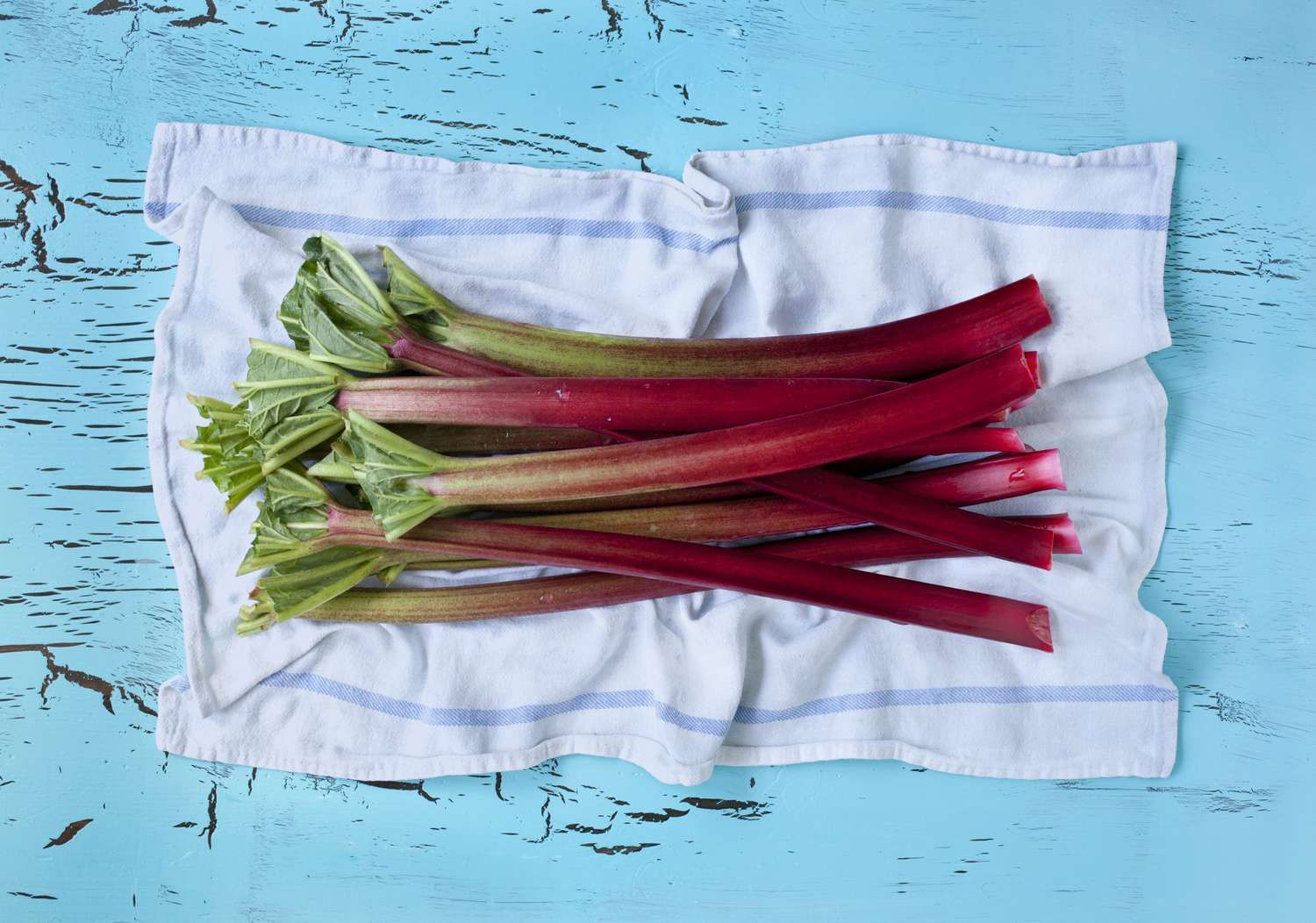




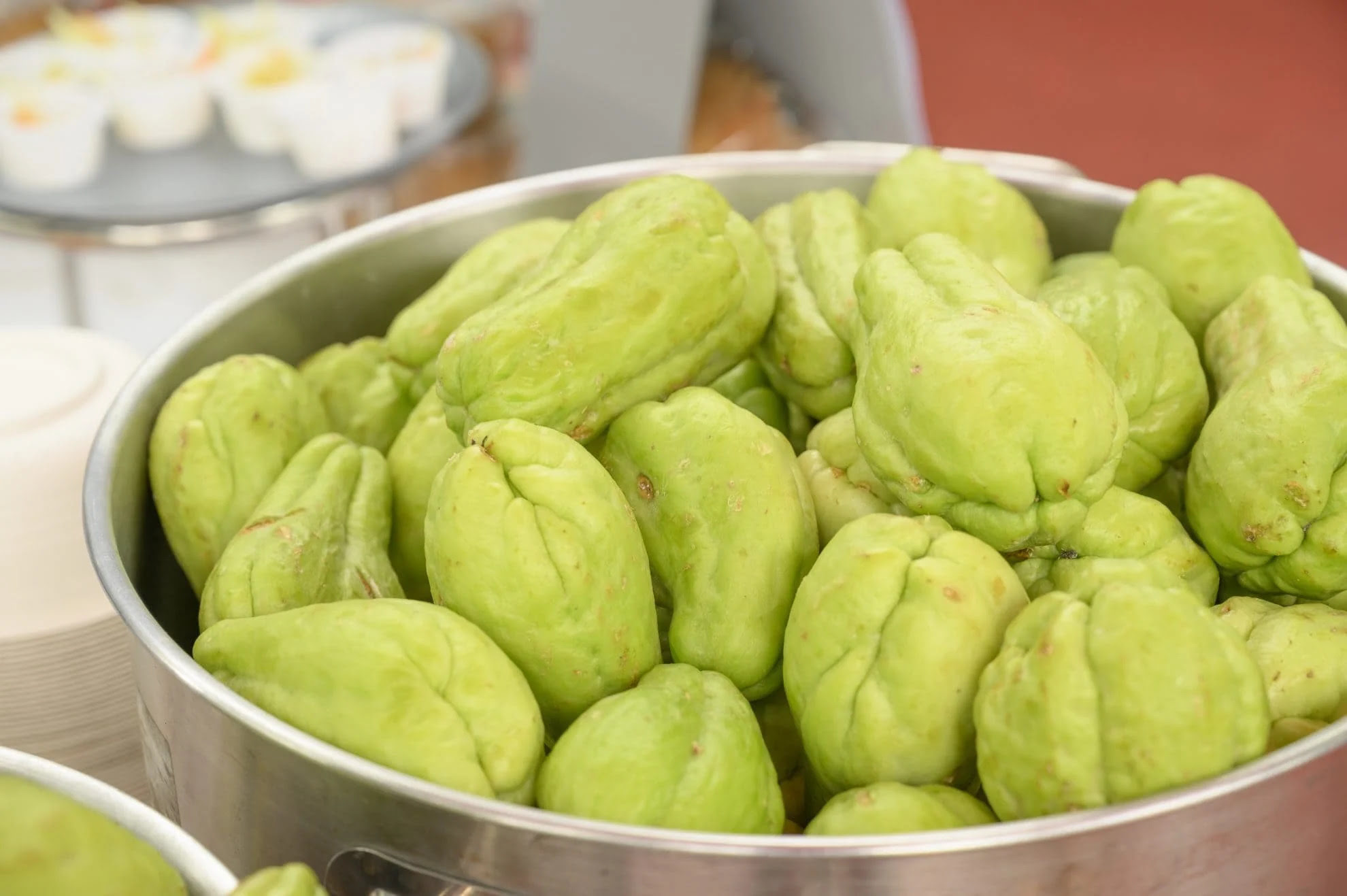
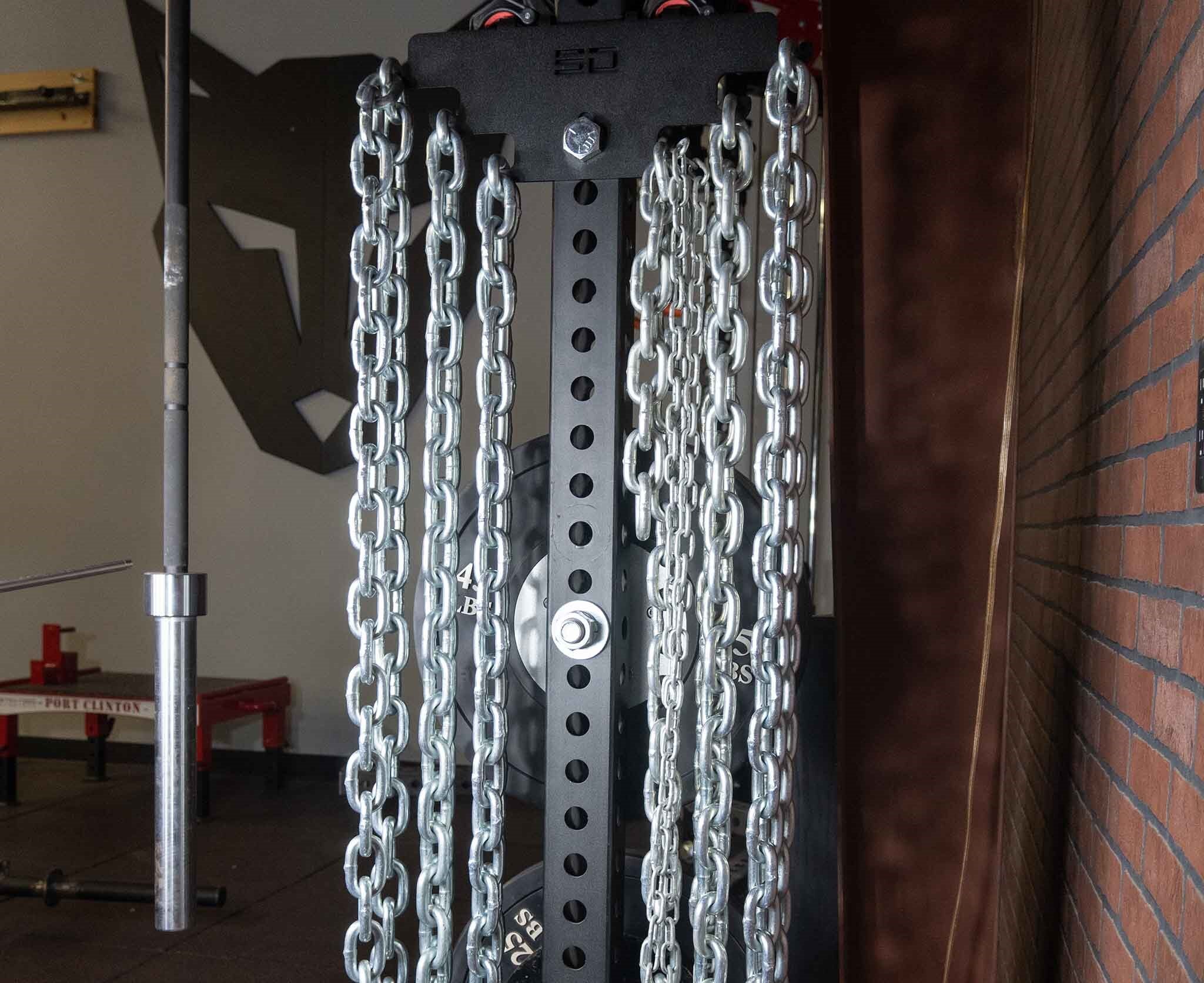
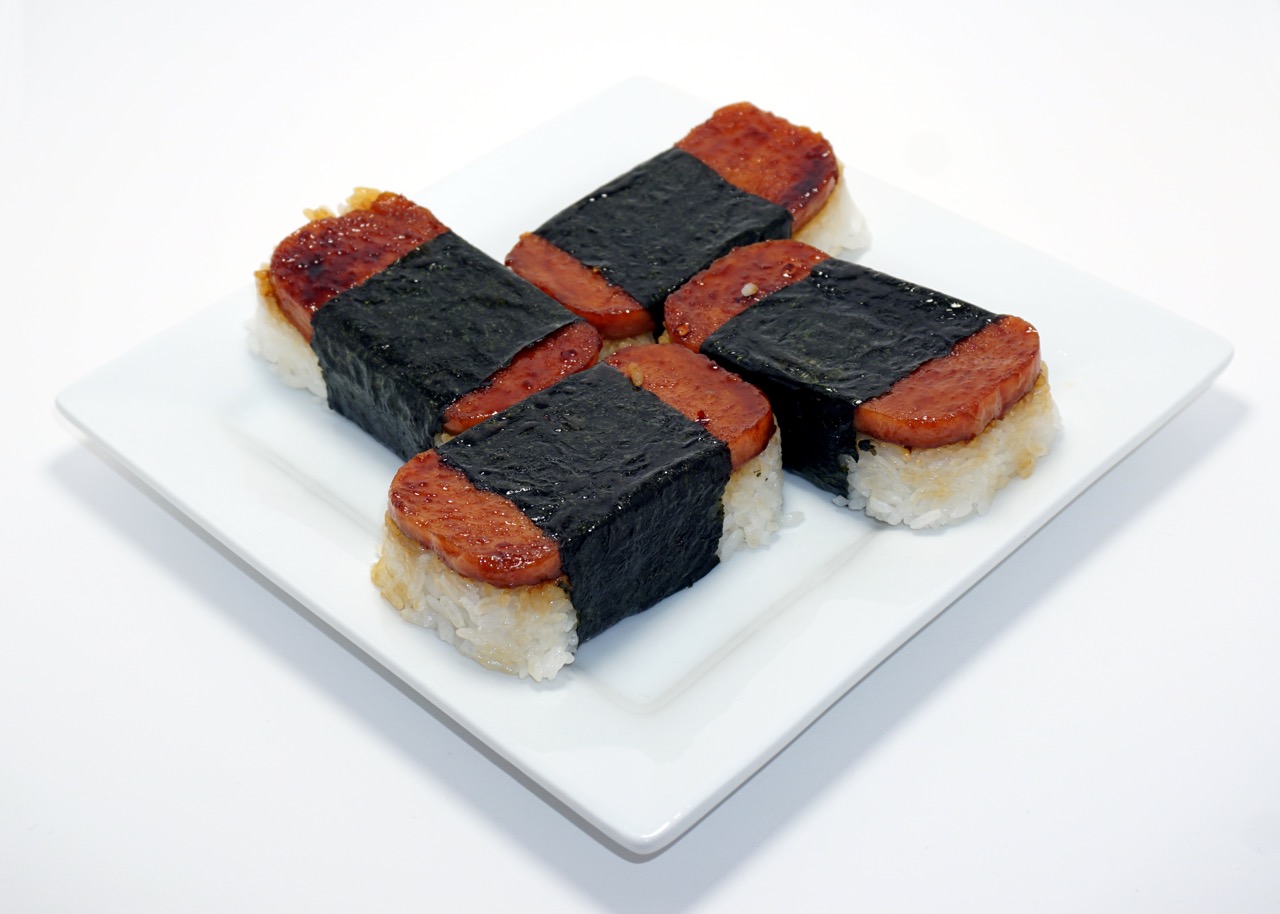
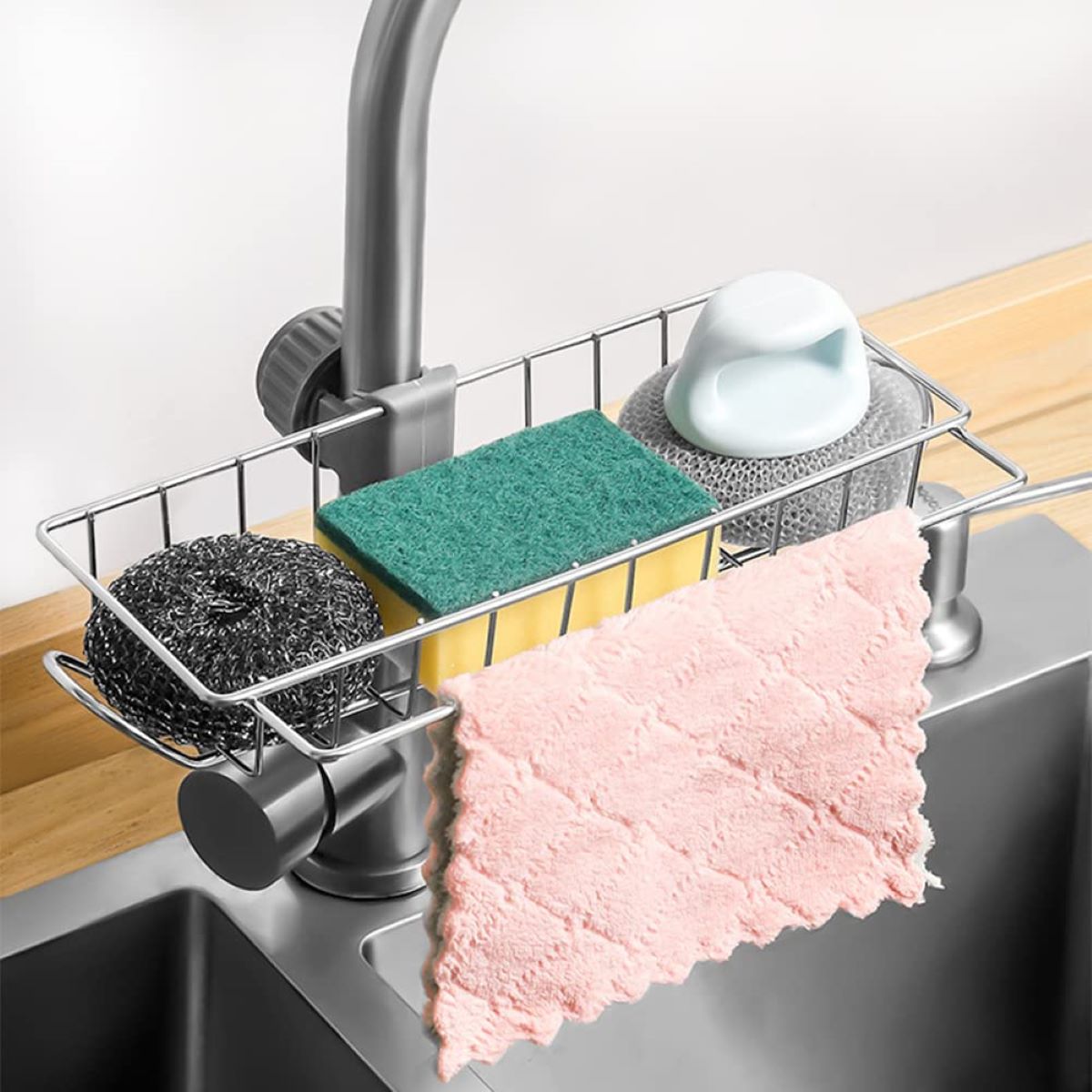

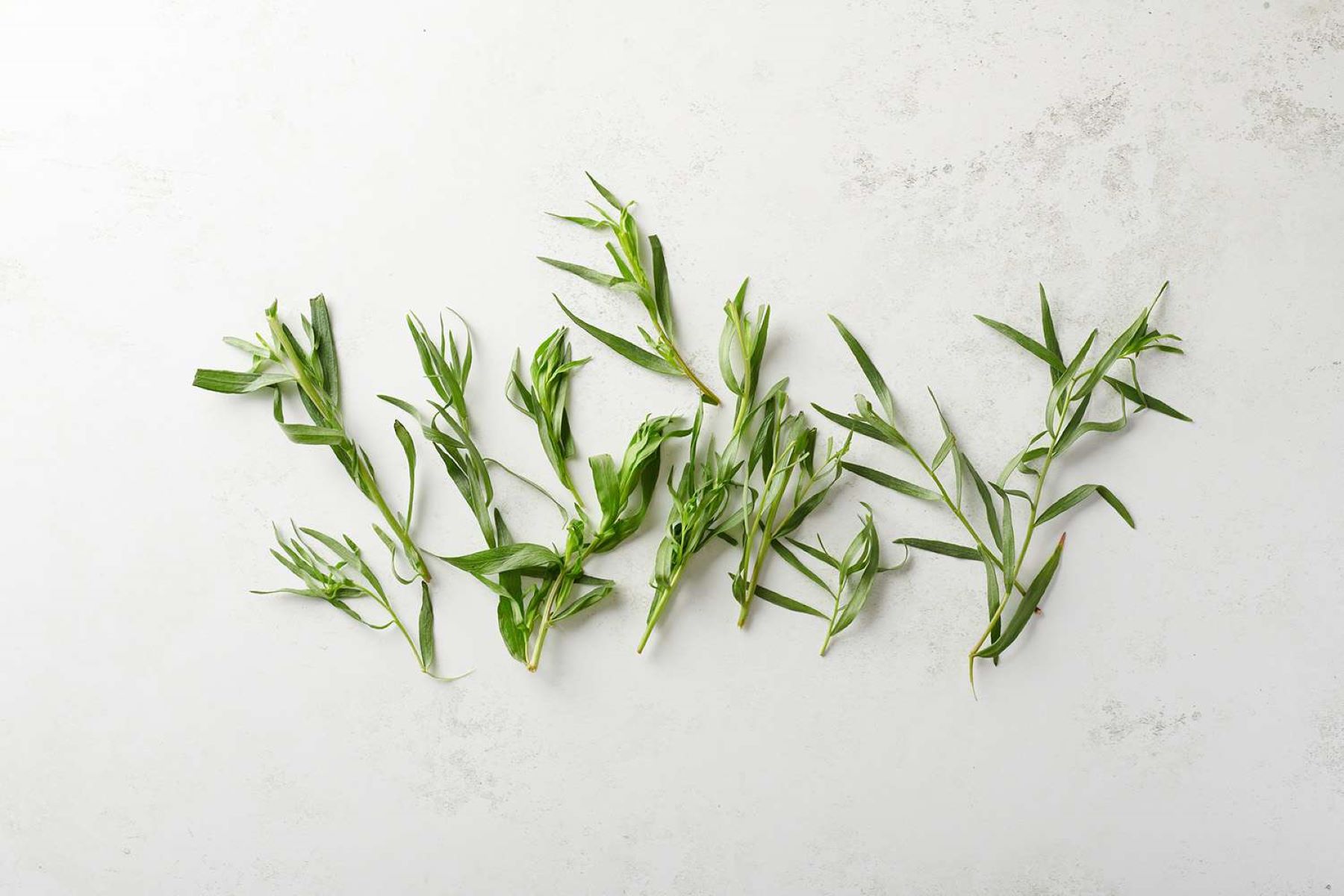
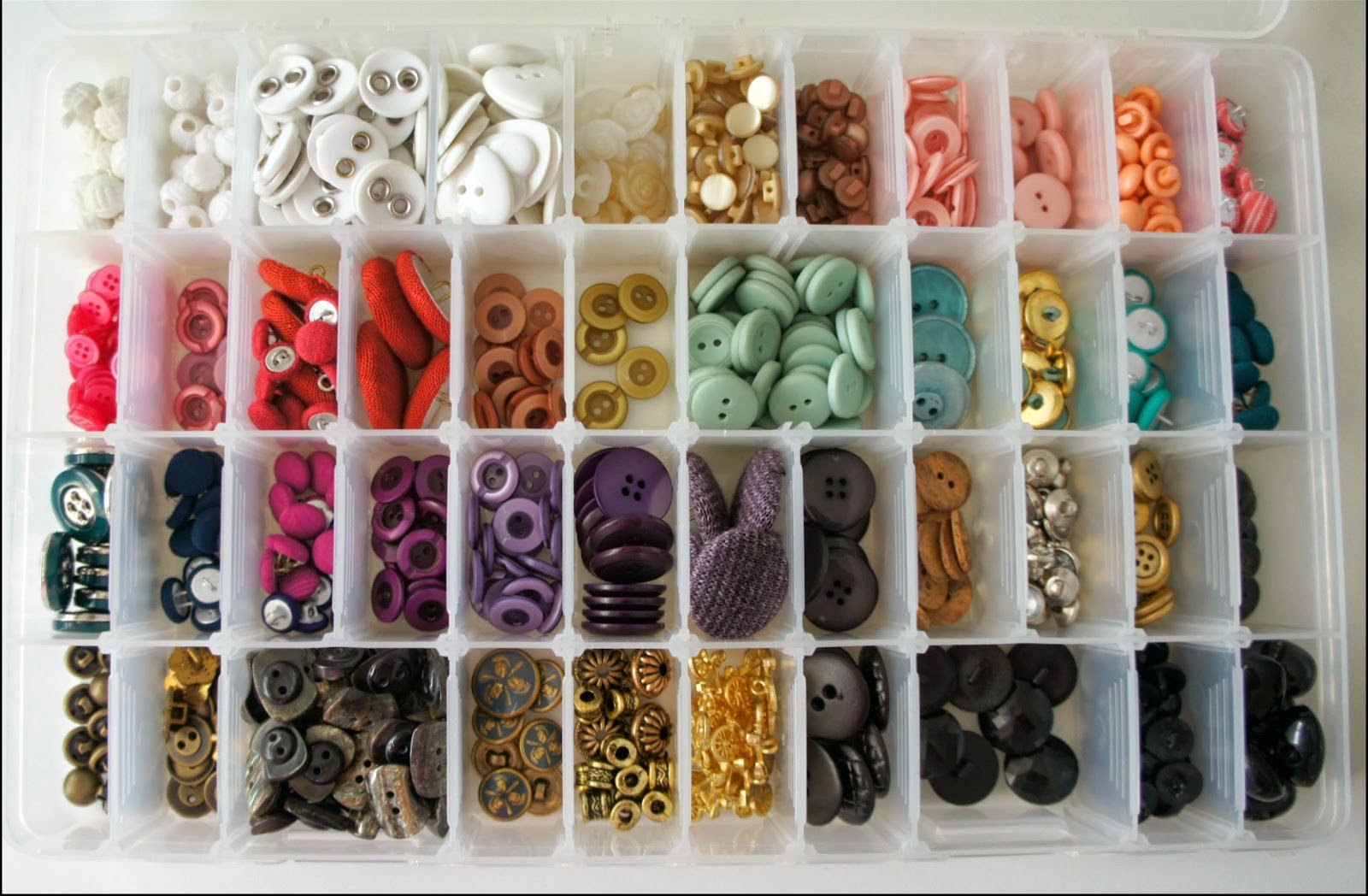
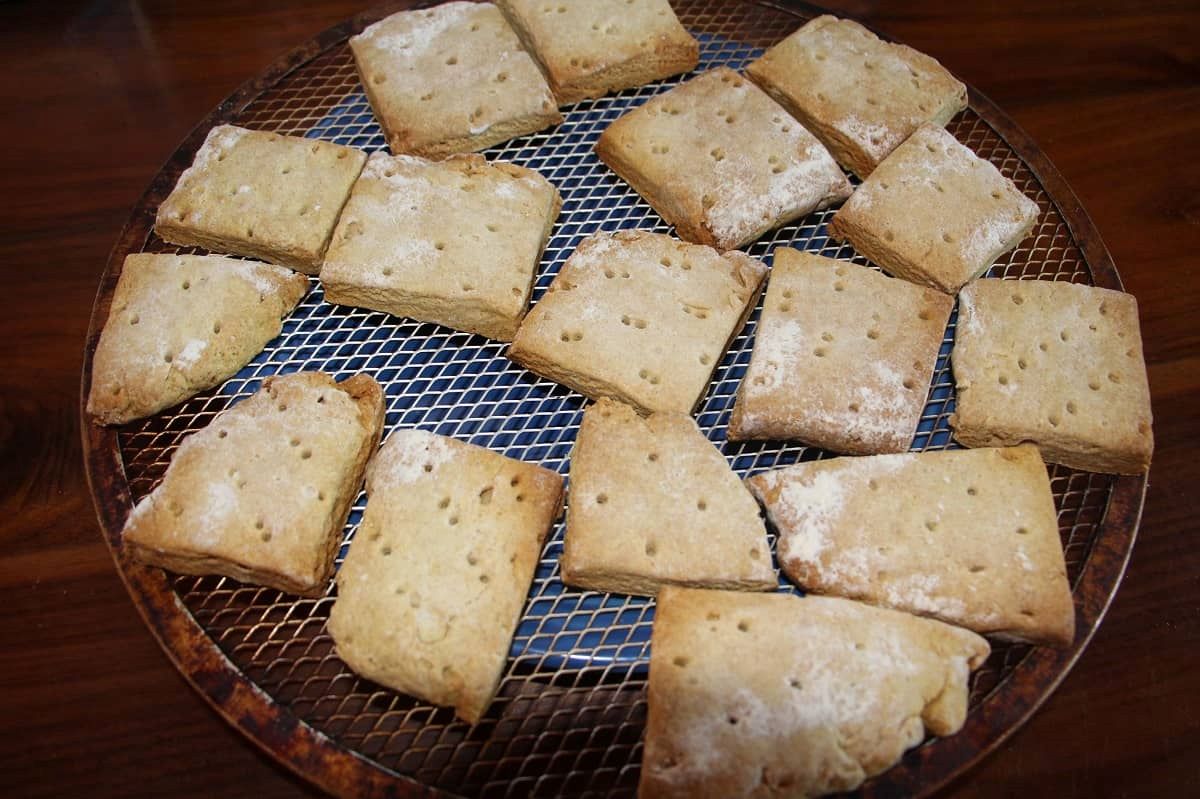
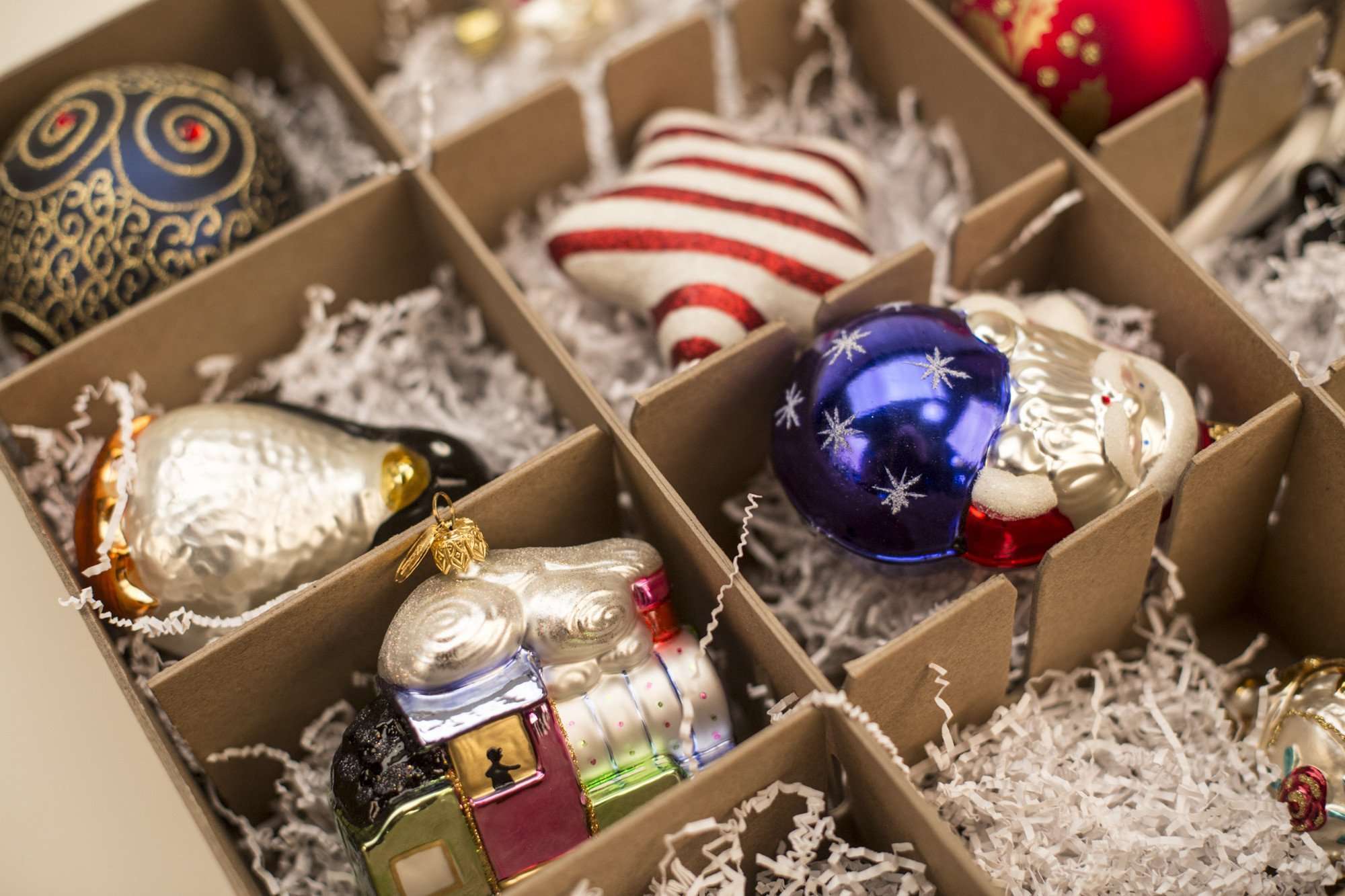

0 thoughts on “How To Store Rhubarb”